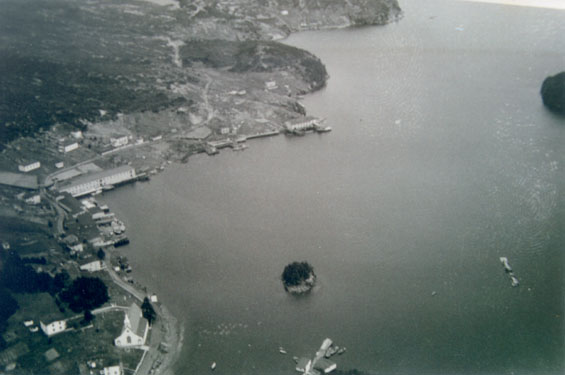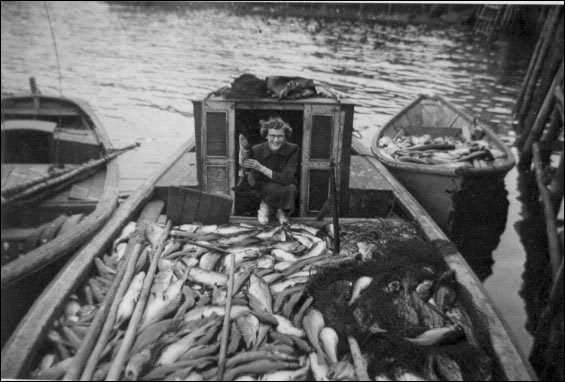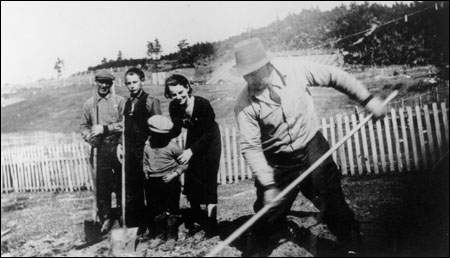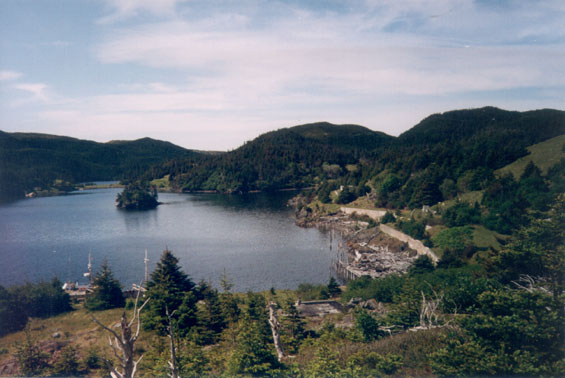The History of Placentia Bay

Placentia Bay is located on the western end of Newfoundland’s southern shore, between the Avalon and Burin Peninsula. Although the eastern boundary of the bay is largely agreed to be north of Cape St. Mary’s (Avalon Peninsula), the exact point where it begins on its western side is less concrete. Over the years, Point May, Corbin Head and Cape Chapeau Rouge have all be used for this boundary, but it is the latter that has become the most accepted. A place renowned for fishing since the earliest European settlements in North America, there were once many outport communities scattered around the bay, established by Basque, French, Irish, and English fishermen. Placentia Bay has been home to over one hundred communities, with a large portion of the bay’s population located on islands the largest of which is Merasheen. The Placentia Bay area provided rich fishing resources and excellent harbours, many with flat rocky beaches that facilitated drying fish. The Beothuk and Mi’kmaq First Nations both made use of these assets, as the remnants of old campsites attest. The bay’s natural riches were also exploited by fishermen from Basque, French, and English regions as early as the 16th century. It became a French settlement by the late 17th century although conflict with the English continued and the area was granted to the British in the Treaty of Utrecht (1713).

For information about the History of “Plaisance,” the seasonal fishermen, French garrison, military fort and colonial administration, see: http://www.heritage.nf.ca/exploration/placentia_text.html
Early settlement beginning in the late 17th century is described in http://www.heritage.nf.ca/exploration/population.html
Settlers from Ireland and the Channel Islands arrived in the 18th century. By the late 18th century Placentia had a population of 1500-2000 people and rivaled St. John’s in importance. See: http://www.placentiahistory.ca/
Placentia Bay communities were affected by several legendary natural disasters, including the August Gale of 1935 and the tidal wave of 1929.
The many islands in the inner bay, in particular, were settled in the 19th century. It was challenging to create the services that families required – churches, schools, medical expertise, transportation – and there are many stories of the resilient families who lived on these islands. Historian Kevin Major, for instance, quotes Leslie Harris who would become President of Memorial University but who was hired, at the age of 15, to teach in Harbour Buffet in 1945: “I could essentially take charge, not only of a school, but of a community. Adults…would follow my orders in organizing concerts and times and sales and dances and whatever things you had to do” (2001, 347).

Partly because of the lack of services as well as the modernization of the fishery through centralization, most residents opted to accept resettlement during the Smallwood years, moving to the town of Placentia or other nearby centralized communities. Many were attracted by promises of work at the nearby American navy base (1941-44) in Argentia that played a key role in WWII. The base also operated a radio station, Voice of America, which provided a distinct American influence in the region and influenced the song tradition. According to a resettlement history prepared by the Town of Arnolds Cove, over 1000 families were relocated. The new town of Placenia consists of the communities of Jerseyside, Townside, Freshwater, Dunville and Argentia.

The Maritime History Archive at Memorial University has created virtual exhibits of many of the resettled communities of Placentia Bay: https://www.mun.ca/mha/resettlement/
For information about tourism in Placentia Bay and the islands in the 21st century, see:
http://www.placentiatourism.ca/
http://www.nlgeotourism.com/content/islands-of-placentia-bay/nflBCD6383D6A6466156